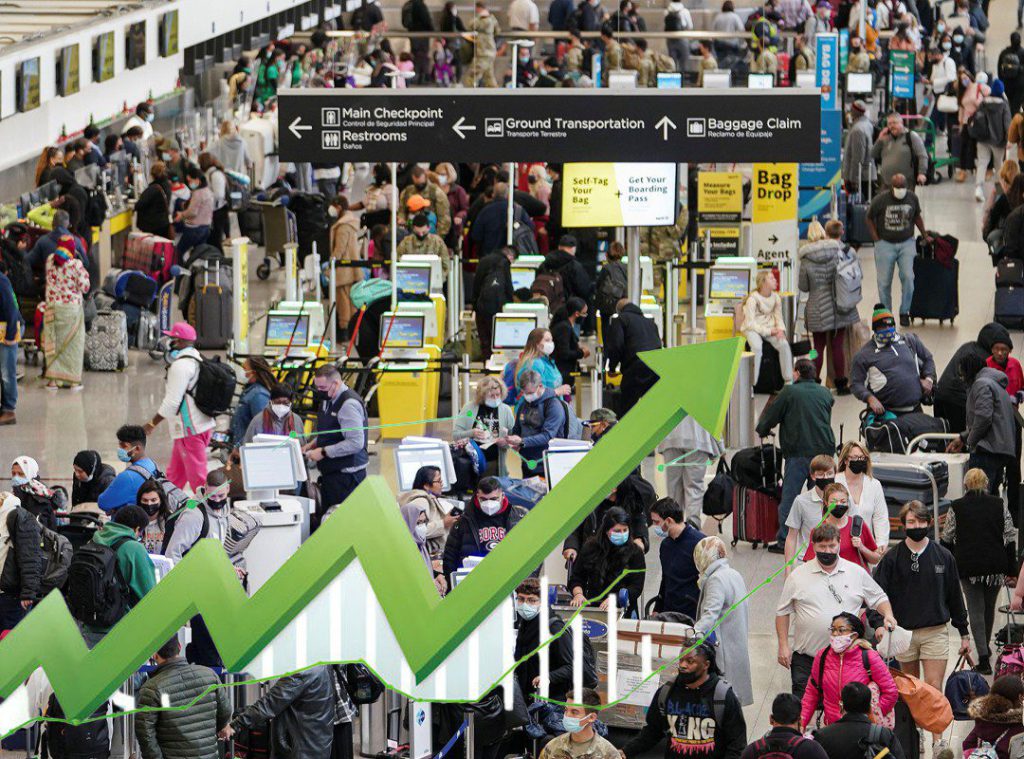
Global air travel demand continued its upward trajectory in March 2025, registering a 3.3% year-on-year increase, according to the latest data from the International Air Transport Association (IATA). The growth, measured in revenue passenger kilometers (RPKs), marked a slight improvement from February’s 2.7%. However, the expansion in airline capacity, which rose by 5.3%, outpaced demand, leading to a decline in the global load factor by 1.6 percentage points to 80.7%.
Commenting on the figures, Willie Walsh, Director General of IATA, stated that while the overall trend in passenger demand remains positive, the higher rate of capacity growth is creating downward pressure on load factors. He emphasized the need to address persistent supply chain constraints and invest in airport and air traffic management infrastructure to support sustained growth, especially in light of ongoing economic headwinds and global trade concerns.
International air travel saw a 4.9% increase in traffic compared to March 2024, largely driven by strong performance in the Asia-Pacific region, which posted a 9.9% rise in demand. However, international capacity rose even faster at 7.0%, pushing the overall international load factor down to 79.9%. Asia-Pacific carriers expanded capacity by 11.6%, resulting in a slight decline in load factor to 84.1%. European airlines saw a 4.9% increase in demand alongside a 6.9% rise in capacity, with their load factor falling to 78.2%. Middle Eastern carriers experienced a 1.0% drop in demand despite a 2.8% increase in capacity, leading to a load factor of 74.6%, influenced in part by seasonal Ramadan travel dynamics. North American airlines recorded a minimal 0.1% decrease in demand, though capacity climbed 2.0%, maintaining a relatively high load factor of 83.0%. Latin American carriers reported a robust 7.7% increase in traffic, but a 12.1% jump in capacity caused the load factor to slip to 80.9%. African airlines saw a 3.3% rise in demand with a 3.5% increase in capacity, yet still recorded the lowest regional load factor at 70.1%.
Domestic air travel posted more modest gains, increasing by 0.9% year-on-year. However, capacity grew by 2.5%, which reduced the domestic load factor by 1.3 percentage points to 82.0%. India led the domestic market with an 11.0% surge in demand, though its load factor dipped to 83.3% due to a 14.5% rise in capacity. Brazil followed with 8.9% growth and a load factor of 80.4%, while Japan recorded an 8.0% increase in traffic and achieved the highest domestic load factor of 84.4%. China saw a more modest 1.7% increase in demand with a load factor of 83.2%. Meanwhile, Australia and the United States both experienced year-on-year declines in domestic traffic, down by 1.2% and 1.7% respectively, with the U.S. recording a drop in load factor to 80.3%.
While global passenger traffic remains on a recovery path, the variation in regional and domestic performance underscores the importance of targeted strategies. IATA continues to advocate for coordinated efforts among governments, airport operators, and airlines to strengthen the aviation sector’s infrastructure and resilience, ensuring it is equipped to manage rising passenger volumes in a post-pandemic landscape.

